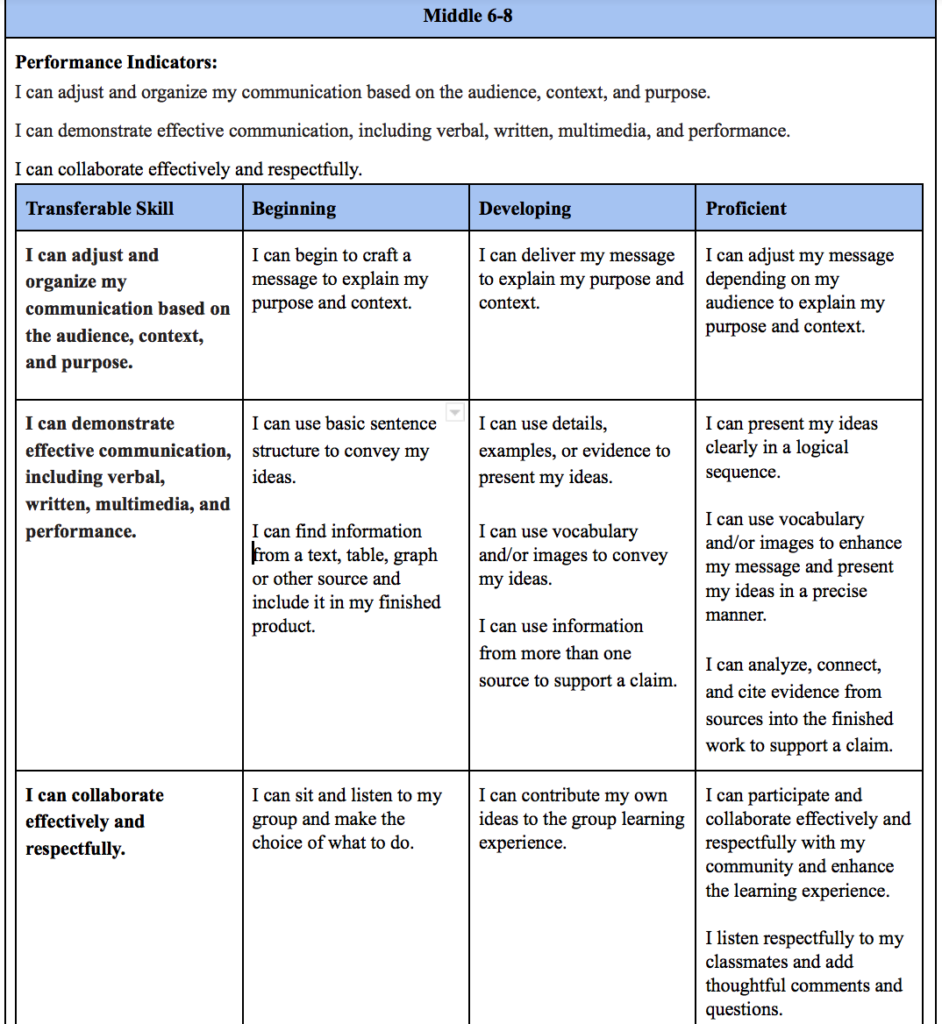Breaking bread & stereotypes with formerly incarcerated Vermonters
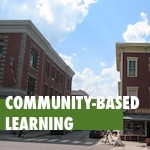 Food and community are inextricably linked.
Food and community are inextricably linked.
Birthdays, funerals, weddings, holidays: a meal with family and friends is a powerful component of our life celebrations and milestones. We create connections and build relationships around the dinner table, the buffet line, and the sheet cake.
What happens when we eat with members of our community that we don’t ordinarily encounter?
Sixth graders in the cooking seminar at the Dorset School, in Dorset VT, have been growing their kitchen skills, eating and sharing the food they cook. But their teacher, Nate Merrill, wanted them to explore how their newfound cooking skills could create connection outside the school walls. With that in mind, he reached out to Rutland Dismas House.
What’s Dismas House?
Dismas of Vermont provides a supportive home for formerly incarcerated Vermonters as they transition back into society.
The mission of Dismas of Vermont, Inc. is to reconcile former prisoners with society and society with former prisoners. Community is fundamentally about relationship and it is precisely the relationship between the person who has committed a crime and their community that is broken, first by the real harm done by the crime committed and subsequently by the alienation that results from incarceration. In reconciliation, wholeness is restored to the former prisoner and to society.
Dismas visited Dorset
A few of the Rutland Dismas House residents visited Dorset’s sixth graders along with Rutland Dismas director Terese Black. Terese began by asking students,
“If someone were to go to prison, where do they go when they get out?”
Students then listed a variety of options: the homes they lived in before, their family, a homeless shelter, the streets. Terese explained that for many people, options are limited. With this in mind, Dismas House provides support so that the formerly incarcerated can get a job, reconcile with their family, and get their lives back together.
“These are good people who made bad choices,” said Terese. “We offer them a safe place to come home to so they can be in the lives of those they love and do the work they are skilled to do.”
Jason and Travis’s stories
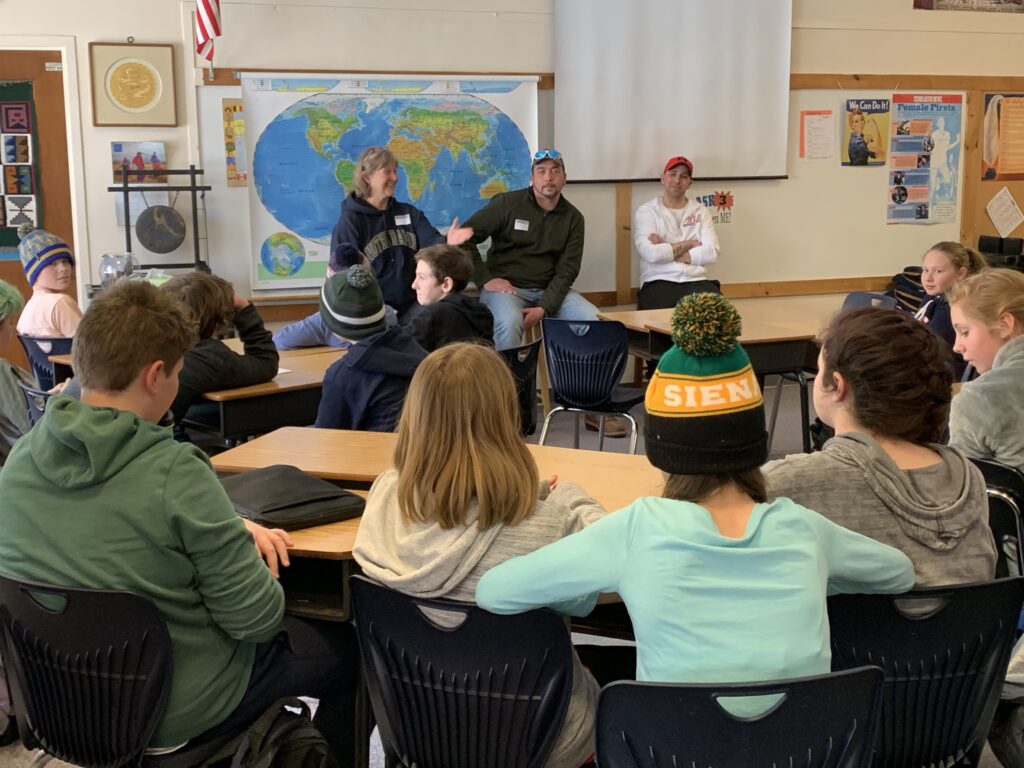
Travis and Jason each shared accounts of their lives, outlining the choices they made that landed them in prison, and the choices they are making now to rebuild their lives. Jason claims, “Dismas saved my life.” He is currently working in construction and has re-connected with his son. Travis shared the conditions of his childhood that were beyond his control and caused some trauma in his life. He urged students to reach out for help when they are struggling, something he wished he had been able to do. Dismas House is a place where he gets the support he needs to reintegrate into society.
Students asked questions about life in prison and life at Dismas House. They learned about the hard work prisoners do for little pay, the living conditions in prison, and the limited access to appealing food. They listened as Jason and Travis explained how Dismas supports them as they pursue their hopes and dreams. And students shared their own interests and passions, which Jason and Travis urged them to stay focused on.
…and Dorset visited Dismas
Meals are an integral part of building community at Dismas Houses
Five nights a week community members cook for and eat with the residents of Dismas House. These meals have a purpose beyond feeding hungry people. Dismas believes in bringing society into the house to share a meal is a process of reconciliation. Former prisoners reconcile with society, and society reconciles with former prisoners. Each has harmed the other, these meals are a way of restoring positive relationships between the two.
Dorset students visited Rutland Dismas House on two consecutive evenings. They brought food — chili, chicken soup, bread, and cookies — as well as genuine curiosity about these residents of their community.
The meals begin with grace, and an opportunity to share gratitudes. Then everyone digs in. The conversation flows. People share stories, tell jokes, and enjoy each other’s company. It’s hard to tell who benefited more: the residents of Dismas House or the students from the Dorset School. Both parties had the opportunity to expand their sense of community — and share some delicious homemade food!
https://twitter.com/innovativeEd/status/1091140846911668224
Building empathy, breaking down stereotypes
Dorset 6th graders set out to learn an important life skill: cooking. But their teacher elevated the experience by giving it a larger purpose: community-building. They brought food, lovingly prepared. The table was set. And then the magic happened. A group of people sat down together to share food and stories, and as happens over many a dinner table, they also cultivated connections and strengthened community.
We live in a country with the largest incarceration rate in the world. Once prisoners have served their time, they face societal bias and stereotypes, which impact their ability to re-assimilate into society. The Dismas mission faces this problem head-on:
If we hold people accountable for their actions as a matter of justice, then reconciliation is a completion of that justice. For a former prisoner to be reconciled to their community that person needs to overcome the sense of alienation – that sense of being an outsider and unwanted, they must become participating members of their community, and they must be returned to full citizenship with all its responsibilities and rights.
Society must do its part to tackle this problem as well. Visiting Dismas House provided Dorset students with the experiences necessary for expanding their own understanding of community by practicing empathy. Tying this type of encounter to such a central, primal ritual as the meal makes the connection heartfelt.
One parent reported, “I’ve never heard him talk so much about anything before. He was sort of afraid, but after going to Dismas he realized that they were just really nice people.”
Spending time with real people had a powerful impact on this student. It dismantled the assumptions he had about the formerly incarcerated, and allowed him to see that we are more alike than we are different. And by connecting students with the Dismas House, Nate taught them that who they eat with is just as important as what they cook. That inviting people to the table is just as invaluable a skill as cooking a perfect egg.
As Margaret Wheatly says, “You can’t hate someone whose story you know.” A meal not only nourishes bodies, it also nourishes community. As we share food and stories, we get to know one another and nurture empathy for our common humanity.
https://twitter.com/Nate_Merrill/status/1073006326819758086
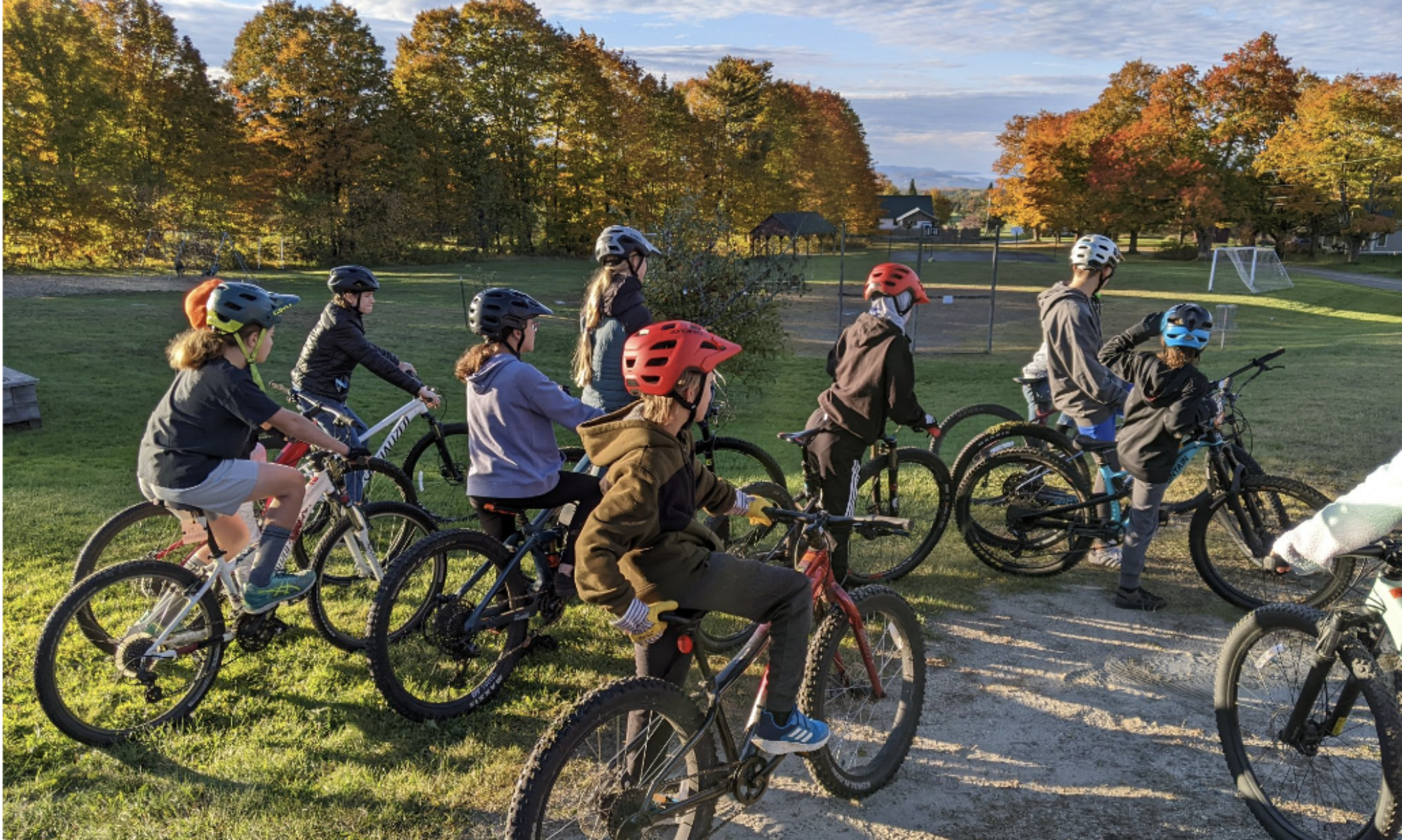

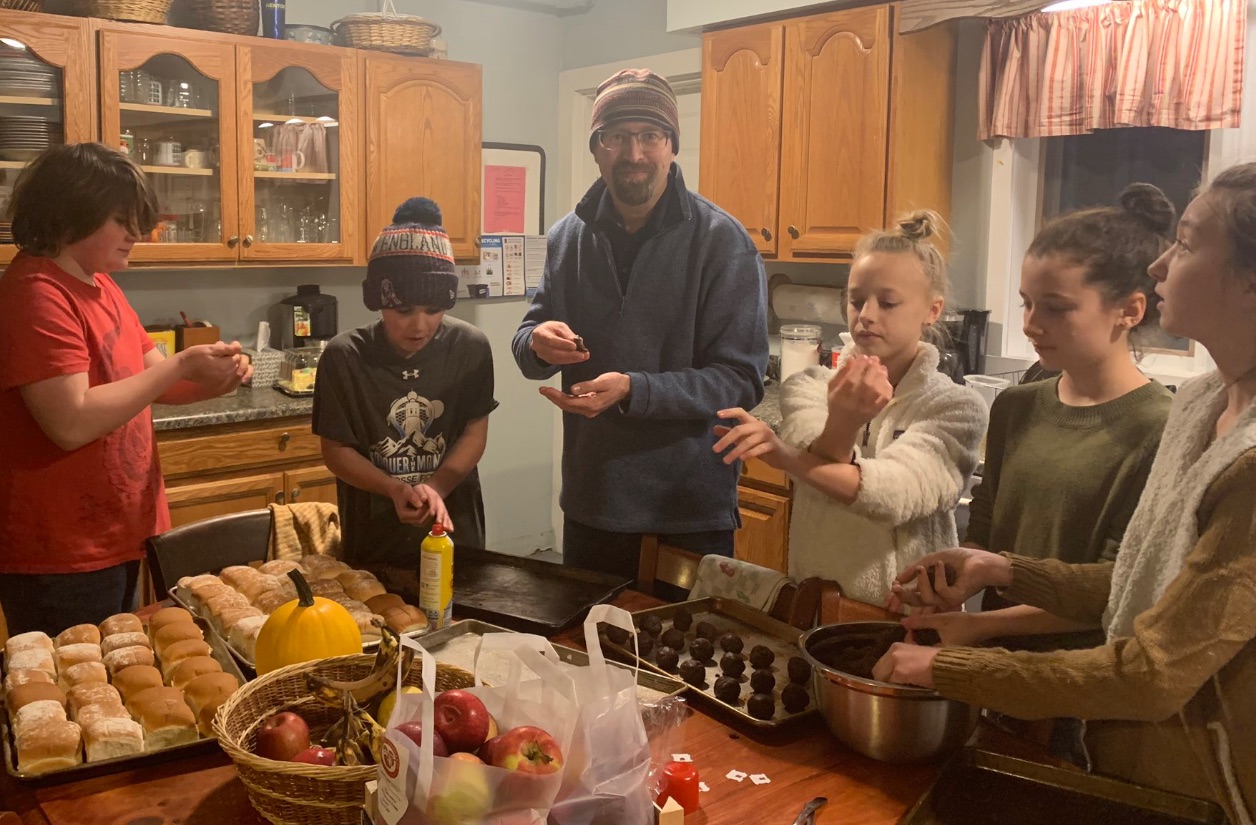
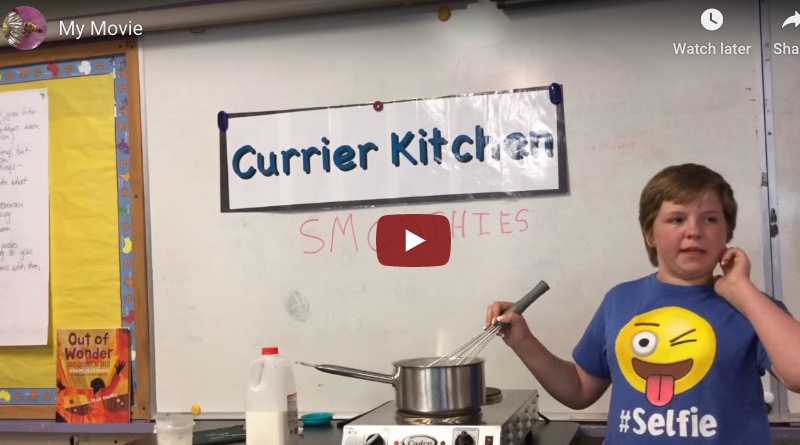
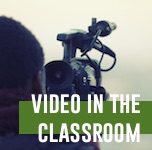 The ubiquity of the digital camera, whether mounted in smartphone, tablet or Chromebook, is getting everyone excited about making videos in the classroom. But it can be hard to translate the squealing, hand-flapping excitement of POWER into concrete, finished products. But making videos gets so much easier when you have two things: purpose, and structure.
The ubiquity of the digital camera, whether mounted in smartphone, tablet or Chromebook, is getting everyone excited about making videos in the classroom. But it can be hard to translate the squealing, hand-flapping excitement of POWER into concrete, finished products. But making videos gets so much easier when you have two things: purpose, and structure.


